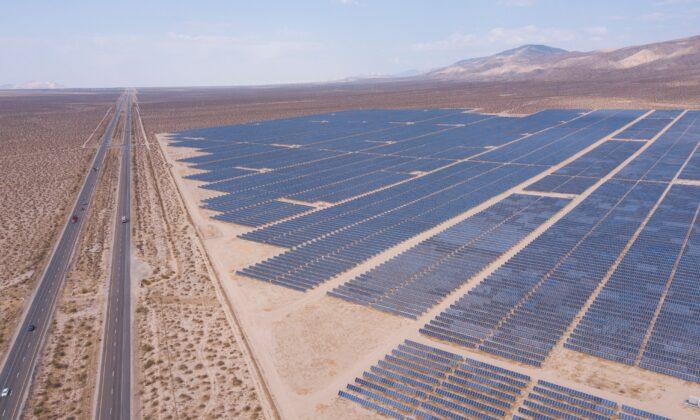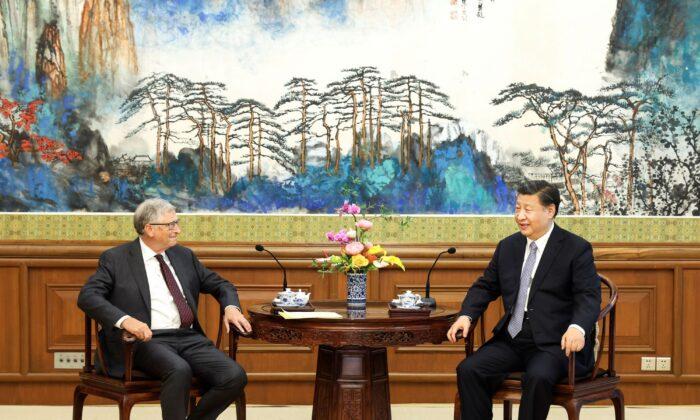As the Biden administration “races to deploy green energy,” the United States should rationally shift its policies to curb its dependence on China, according to Rex Lee, a cybersecurity adviser at My Smart Privacy.
“My viewpoint on this is that we do need to migrate part of our grid to renewable energies. And I think you’re going to see a lot of that’s going to be done through hydrogen. … And one of the things they’re [China] doing with hydrogen is they’re able to go into a coal power plant and say, ‘Okay, it’s 100 percent coal today, but we can actually retrofit this power plant with hydrogen, and make it 50 percent dependent on coal in the future,’” Lee recently told “
China in Focus” on NTD, a sister media outlet of The Epoch Times.
“So I think the migration needs to be done in a sensible way, and there needs to be compromise. It can’t be all or nothing. [Secretary of Energy] Jennifer Granholm said it herself: Fossil fuels equal energy security today,” he added.
Lee cited how Texas suffered from an energy shortage due to its migration to green policies.
“It’s not as secure as we saw in Texas, where I think, up to
25 percent of our grid in Texas is dependent on renewable and clean energy solutions, such as wind farms and solar farms and ... hydrogen. And during the Texas winter storm, we saw that because of that dependency, our grid failed. And we had intermittent power outages for over a week, and it actually killed some people,” he said.
The deep freeze in February 2021 caught Texas’s utilities off-guard, killed more than 100 people, and left 4.5 million without power. Demand for heat pushed wholesale power costs to 400 times the usual amount and propelled natural gas prices to record highs, forcing utilities and consumers to pay exorbitant bills,
Reuters reported.
China: A Major Supplier of Critical Minerals
In March, John Podesta, the Biden administration’s senior adviser on clean energy innovation and implementation,
commented at CERAWeek 2023 by S&P Global, an event hosted by a renewable energy advocacy group, that the United States shouldn’t rely on minerals sourced from China that are necessary for green energy technology.
Lee deemed the appeal as “an almost impossibility” given the fact that China remains the world’s biggest supplier of the components and materials required for renewable energy technologies amid the surge in the demand side.
Between 2010 and 2020, China’s share of global polysilicon production increased from 26 percent to 82 percent, while the U.S. share decreased from 35 percent to 5 percent, according to a
2021 report by the Center for Strategic and International Studies.
Silicon is a key ingredient in solar panels, and in 2021, China accounted for 75 percent of global photovoltaic (PV) module production, according to
data published by Statista.
Reports by minerals analysts and the U.S. government show that some 70 percent of the cobalt mined globally comes from the Democratic Republic of Congo and that almost all of the cobalt mined there is shipped to China for refining and processing. Currently, China processes about 80 percent of the world’s cobalt, according to the
National Defense Magazine.
“And it’s mined by Chinese companies through ... China’s Belt and Road Initiative,” he noted.
“We’re talking, if not 10 years, we’re talking multiple decades before we can even catch up to China in terms of the manufacturing of green energy infrastructure, as well as the mining and refining of rare earth minerals, such as cobalt and lithium,” Lee said.
Reuters contributed to this report.





